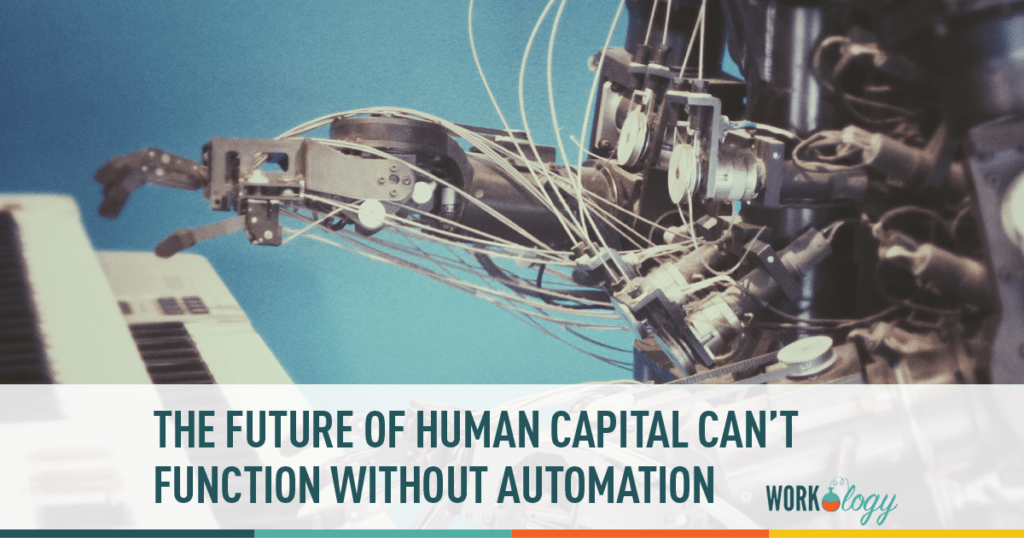Assembly Line Automation as a Business & HR Model
The assembly line was certainly one of the best technology and productivity innovations in modern time. Between 1908 to 1915, the assembly was developed and designed by the Ford Company allowing for mass production of automobiles. This innovation drastically lowered production costs, improved efficiency, and overall quality and consistency of the cars that were produced.
Henry Ford outlined the principles of assembly:
- Place the tools and the men in the sequence of the operation so that each component part shall travel the least possible distance while in the process of finishing.
- Use work slides or some other form of carrier so that when a workman completes his operation, he drops the part always in the same place.
- Use sliding assembling lines by which the parts to be assembled are delivered at convenient distances.
Recruiting Automation in the Job & Hiring Process
The candidate hiring and job selection process is the same way. Skills assessments, video interviewing, and even applicant tracking systems are used during as part of the pre-employment process either as part of the online application or on site as part of a candidate’s interview especially since the average recruiter carries a job requisition load of 22 with 3,102 candidate resumes. Such assessments and other technologies provide the hiring manager a way to evaluate the candidate that is efficient, consistent, and is customizable to the specific job and their skills requirements. There is no human or interview bias involved when it comes to assessments. Job seekers complete online testing evaluating their hard skills in areas like customer service, typing, and computer efficiency.
Soft Skills vs. Hard Skills in Candidate Selection
There is no battle of automation and engagement. It is about finding a balance between the two. These are equally important part of the hiring process and evaluate completely separate things. Culture fit and personality, the soft skills although just as important are often hard to measure. Hiring managers must consider the work team as well as the company culture when deciding if a job candidate is a good fit for the role in which they are hiring for. By using pre-employment assessments as part of the hiring process, managers save time, money, and can spend time leading, managing, and motivating their current employees instead of being stuck in a seemingly endless number of face to face interviews.
In contrast to Henry Ford’s assembly line, where one absolutely cannot function without the other, the objective is to strike a balance between these two components, automation and involvement.









One Comment
Here
Comments are closed.